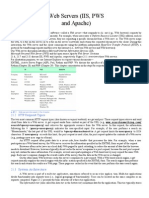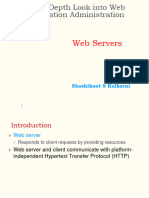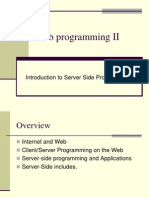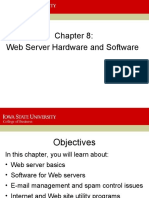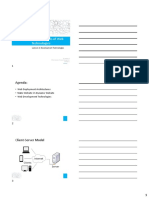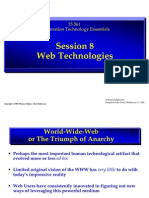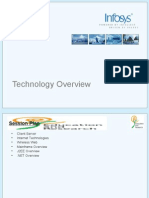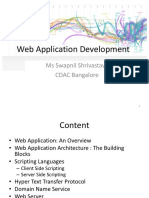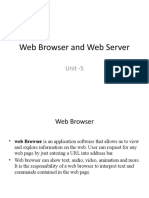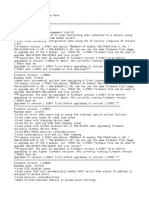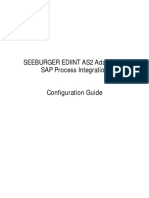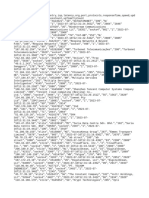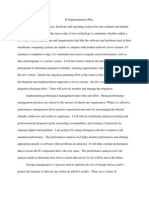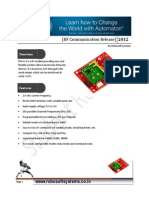0% found this document useful (0 votes)
103 views11 pagesWeb Servers (IIS and Apache)
This document provides an overview of web servers, including IIS and Apache. It discusses HTTP request types like GET and POST. It describes system architecture with multi-tier applications having client, middle, and data tiers. It distinguishes client-side and server-side scripting. It also covers accessing web servers by hostname, IP address, or domain name and provides additional web resources.
Uploaded by
Jilla VeeramCopyright
© © All Rights Reserved
We take content rights seriously. If you suspect this is your content, claim it here.
Available Formats
Download as PPT, PDF, TXT or read online on Scribd
0% found this document useful (0 votes)
103 views11 pagesWeb Servers (IIS and Apache)
This document provides an overview of web servers, including IIS and Apache. It discusses HTTP request types like GET and POST. It describes system architecture with multi-tier applications having client, middle, and data tiers. It distinguishes client-side and server-side scripting. It also covers accessing web servers by hostname, IP address, or domain name and provides additional web resources.
Uploaded by
Jilla VeeramCopyright
© © All Rights Reserved
We take content rights seriously. If you suspect this is your content, claim it here.
Available Formats
Download as PPT, PDF, TXT or read online on Scribd
/ 11


